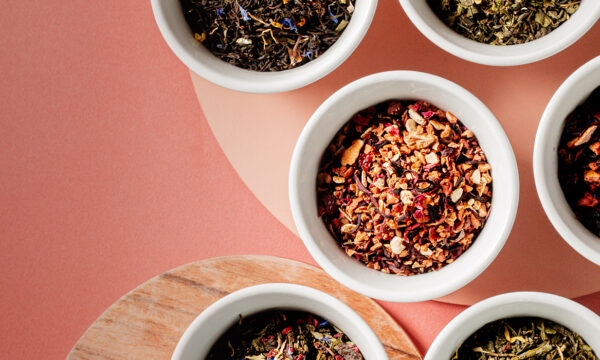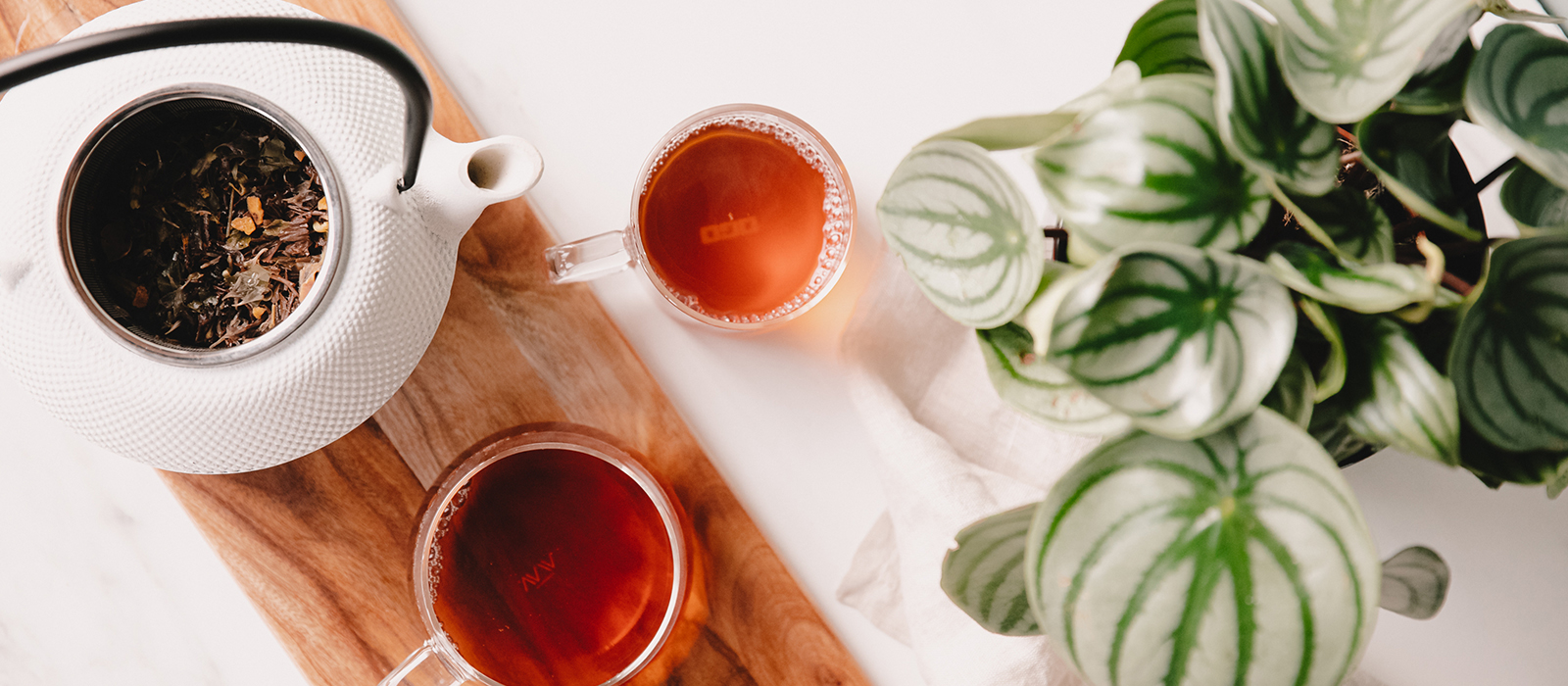
The Different Types Of Teas: Varieties, Tastes And Preparation

Written by Julie
Reading time 7 minDrinking Tea has long been a fixture of European and Eastern food culture. It has even made its way onto our dinner tables, as an alternative to coffee at the end of a meal. But for purists, drinking tea is nothing short of a ritual, far removed from a simple act of everyday consumption. But what do we mean when we talk about the art of drinking tea? To drink tea is to awaken your olfactory and gustatory senses to a beverage that is full of delicate nuances. The intensity of the experience will depend on how much you understand about tea tasting. With that in mind, you should know that there are two main phases in drinking tea: the olfactory phase (smell) and the gustatory phase (taste). What’s more, it would be remiss of us to talk about the art of drinking tea without mentioning how it is prepared and served. So ultimately, how you enjoy your tea will depend on 3 factors: the ways in which you prepare it, serve it and drink it.
It’s best to use loose tea leaves if you want to start learning more about tea tasting. If you ask a connoisseur, they will tell you that this is the only authentic way to consume tea. Loose tea is generally made up of higher quality leaves, as they are less broken than those found in tea bags. What’s more, as well as being a more traditional method of tea making, loose tea leaves are also a less processed foodstuff. Each handful of dried leaves contains an explosion of aromas and flavours. And for the pleasure of your palate and the good of your all-round health, all the virtues and benefits associated with tea are also better preserved. This is why the first step in the art of drinking tea is all about choosing a high quality tea.
I’m going to spare you the story of how tea bags were invented this time (even though it is really funny!) and cut straight to the chase: the main advantage of tea bags lies in their simplicity for the consumer. In other words, the one-bag-to-one-cup concept makes life easy for those of us who can do without the hassle of measuring out the correct water-to-tea ratio for each cup. The correct dose of tea has already been calculated, so all you have to do is add water. What’s more, this little bag can go everywhere with you – unlike a box full of loose tea! As you will have guessed, tea bags are nothing if not handy. However, unlike with loose tea, you can’t be sure of the quality of the tea or the size of the leaves, since the bags themselves are sealed shut. That said, there are certain brands you can rely on for the origin and quality of their products.
The water you use will always play a key role in how your drink tastes. You should try to choose a balanced water, such as certain spring waters, to ensure that it doesn’t unduly affect the final flavour. If you prefer to use tap water, I’d advise you to filter it to remove any unwanted tastes, like chlorine for example.
The infusion is a vital step when it comes to controlling the taste of your tea. It’s important that you stick to the suggested infusion time in order to obtain a nicely balanced flavour. If you leave the tea leaves to infuse for too long, it will result in a very pronounced – and sometimes unpleasant – bitterness and astringency. On the other hand, an overly short infusion time may mean that the tea holds onto some of its flavours, resulting in a weak and bland drink. My advice couldn’t be simpler: use a timer and stick to the suggested infusion times. The way the leaves are packaged shouldn’t have an impact on the infusion time. Instead, it’s the type of tea that determines the optimum infusion time. For example, for a ratio of 6g of tea to 30cl of water:
To take complete control over the balance of your drink, I strongly recommend that you equip yourself with a few essentials. First of all, be sure to use a variable temperature kettle so that you can control the temperature down to the last degree. Secondly, it is standard practice in many cultures (in Japan, for example) to use specific tea infusers for different teas: one for green tea, another for black tea, etc. In addition to the basic equipment, you may also choose to use one or all of the following:
In many cultures, drinking tea is a ritual, an attitude, even a state of mind. Here are some practical tips for enjoying your tea.
Drinking tea is all about the discovery of new sensations. Our first contact with it is through our sense of smell: when we bring the cup to our mouth, we immediately sense its aromas. This is known as direct olfaction. The next step is “gustatory”, meaning that it’s all about our taste buds. When you take your first sip of tea, the tasting process takes place over two stages. Firstly, as you breathe in, you will discover its inherent flavours: sweet, salty, bitter, acidic or umami; and then its external variables: temperature, astringency, body. Then when you finally swallow, breathing out through your nose will trigger another series of sensations. As the taste of the tea lingers, new aromatic molecules will come to the fore and, finally, usher in the aromas.
Each culture, country, and indeed person, drinks tea in their own special way. In London, for example, you’ll always be offered a drop of milk in your tea. The art of tea drinking UK-style also involves serving it in the best china and accompanied by pastries (such as scones or biscuits). In Morocco, it’s a completely different story. The green tea there is served in a glass, heavily sweetened and often accompanied by local pastries such as gazelle ankles or chebakias. According to tradition: “Mint tea should be bitter like life, frothy like love, and sweet like death.” Last but not least, tea in Russia is synonymous with the samovar, the traditional teapot used to prepare and serve black tea. This intense tea is often sweetened with sugar, honey or fruit jam.
The best receptacle for your tea is, quite simply, whichever one you like the most. However, I would advise you to steer clear of anything that might alter the taste of your drink (cardboard or plastic cups, etc.). For all the workaholics out there, and those of you living life at 100 mph, an infuser mug could be just the ticket. All you need to do is fill it up with tea and water, and you’re free to get back to work! But if you prefer to take your time, then feel free to shop around for a lovely teapot that allows the leaves to float around naturally, mix with the water and gradually reveal their aromas. It goes without saying that I recommend you take your time: time for yourself, time to appreciate the ritual, and time to take in all the flavours. The art of drinking tea is all about the quest for sensory pleasure, in the spirit of slow living and savouring the moment. On which note, I wish you a lifetime of delicious discoveries!
Drinking tea is a wonderful way to relax, care for your health and wellbeing, and connect with different cultures. The art of drinking tea is much more than brewing a simple hot beverage; it’s an invitation to slow down and savor the finer things in life. By mastering the basics of brewing tea and exploring the various types of tea and their health benefits, you can explore this wonderful beverage in-depth. We hope this guide has helped you discover something new about tea and inspired you to create your tea ritual.
Discover all of our articles